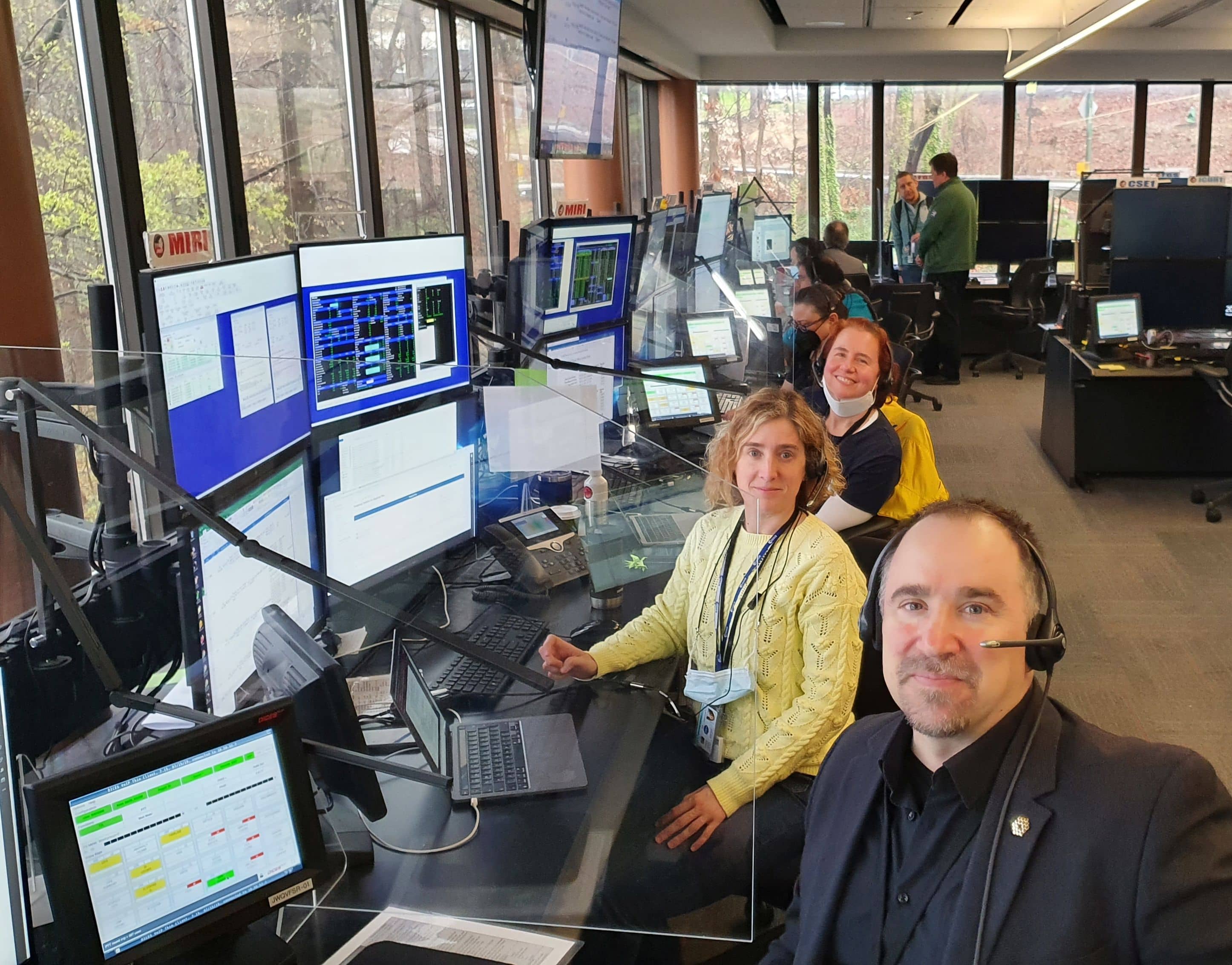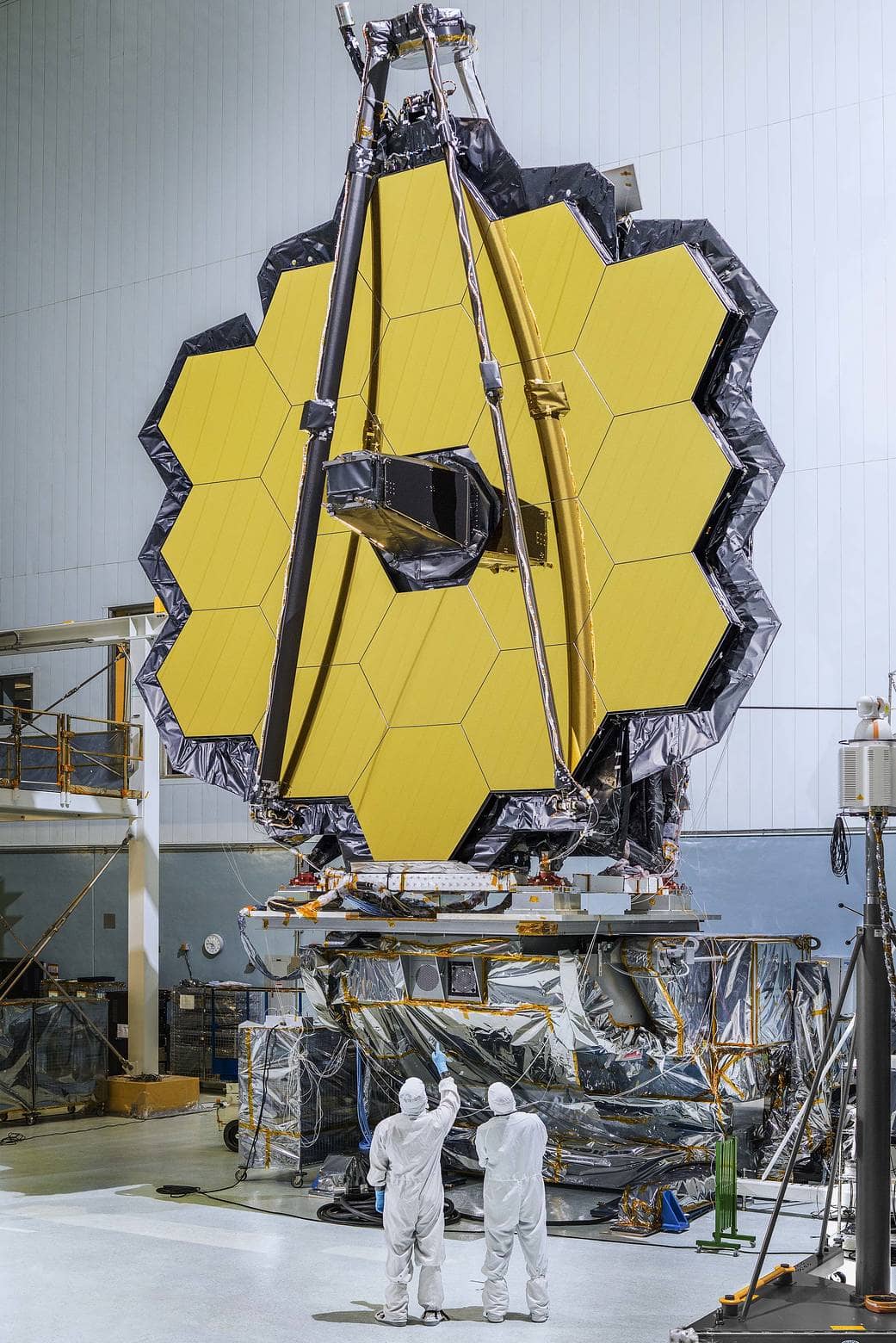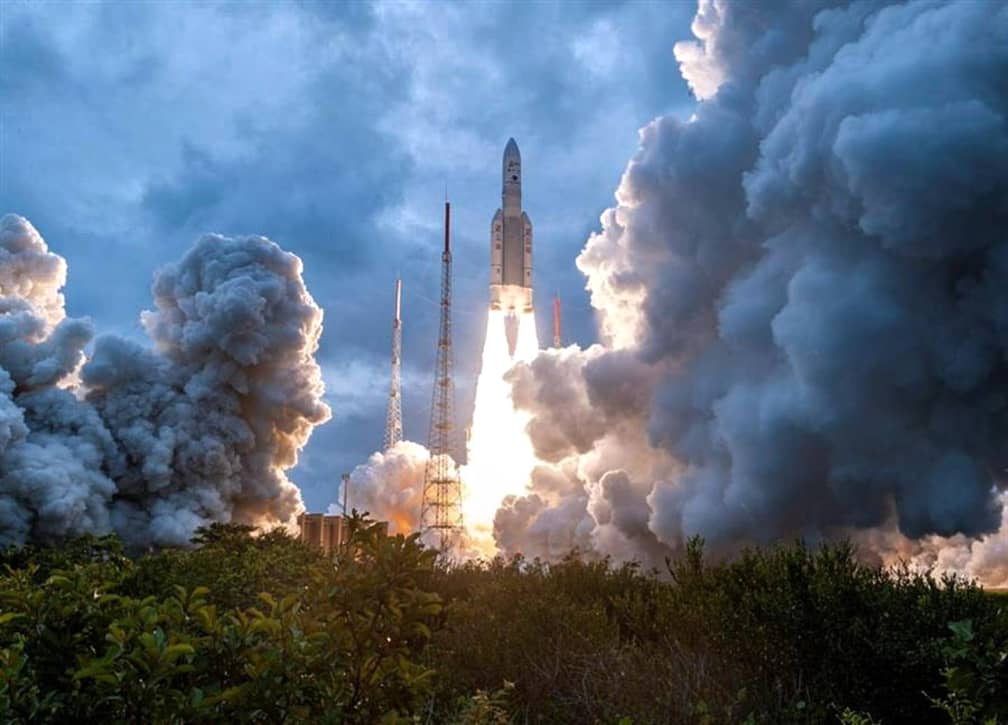Örs Hunor Detre is a physicist and astronomer who specializes in the research and development of space instruments. He is currently leading an engineering team working on the grand project of the James Webb Space Telescope, which he talked about in the May edition of our Alumni Hungary Webinar Series. He was kind enough to also give us a short interview about his experiences and the significance of the project.
How did you get involved in the development of the James Webb Space Telescope, and what are your responsibilities in the project?
It was straightforward. I was a developer since I was 6, always having a maker project at home. (I must add that, at the time my parents were not always happy with my secret projects.) A bit later I went to study electrical engineering but finished as a physicist, and as an astronomer later. My astronomy thesis was instrumental already. At this time my fate was predetermined: R&D – Research and Development.
The most significant was the leadership of the European electronics team in my early years. Later on, the Max Planck Institute provided mechanisms, then in other years testing and calibration, or science-related topics became more important.The nicest part of being on such a project is the freedom to get involved in so many fields while learning a lot from the best of the bests all around the globe.
Several thousand scientists and engineers work on this grandiose project. How do you work together with so many teams from all around the world?
That is one part of the challenges. Good communication is key when you have to work with people from so many different cultures. For example, it is very different how you motivate someone from another culture. At the end of the day, most of the people on these projects are here for their passion for science. Getting people motivated is the key for excellent work.

At which stage is the JWST on its mission right now? What will happen in the upcoming months?
The commissioning is ongoing. The first steps were to unfold the sun shield, then the primary mirror, and later to test the scientific instruments. In simple terms, it is switching on subsystems one by one. Carefully watching every tick and tack, comparing them to the ground test results, before we proceed to the next step. Switching on the Mid Infrared Instrument was the last, as this was cooled actively to the coldest temperature, 6 kelvin (-267C). Webb has already surpassed our expectations. It has effortlessly seen objects no one has seen before, already during its commissioning. We are looking forward to seeing what it’s capable of when it is really put into action.
What will James Webb see?
The main objective of the JWST is to answer the biggest questions in astronomy. I would highlight three main areas, in which we are searching for answers:
1. The early universe: What did the early universe look like? When did the first stars and galaxies emerge?
2. Galaxies over time: How did the first galaxies evolve over time? What can we learn about dark matter and dark energy?
3. The lifecycle of stars: How and where do stars form? What determines how many of them form and their individual masses? How do stars die and how do their deaths impact the surrounding medium? In other words: Where and how do planetary systems form and evolve?

Scientists say that James Webb can really bring a paradigm shift to science and our understanding of the Universe. Do you think it is realistic that JWST could lead to answering humanity’s big questions, such as are we alone in the Universe, or how did the Universe begin?
The answer to the first question: no, astronomers are already sure, that we are not alone. That is a mathematical fact, from the size of the Universe. It is so unimaginably large, that we cannot be alone. Even if the probability of evolving life is unimaginably small.
Will we ever meet? The answer is coming from the size again. No. The distances in the universe are too large. If Einstein's special relativity has no exception (nothing can travel faster than the speed of light), a life-form would have to travel thousands, millions, billions of years to reach another civilization. Let’s say, it is not practical for a friendly handshake. Another question, do our civilizations overlap in time? That is partly the answer to the Fermi paradox, why we have not seen them already.
What are your expectations of the findings of James Webb?
JWST will answer many big questions of science and at the same time, it will raise even more questions. This is how science works. Imagine that our knowledge is a sphere, which becomes larger and larger as scientists learn more and more. As our sphere of knowledge is growing, its surface to the unknown is growing with it. We will have more and more questions that only the next instrument will be able to answer. Probably the giant LUVOIR telescope? The future will tell.
